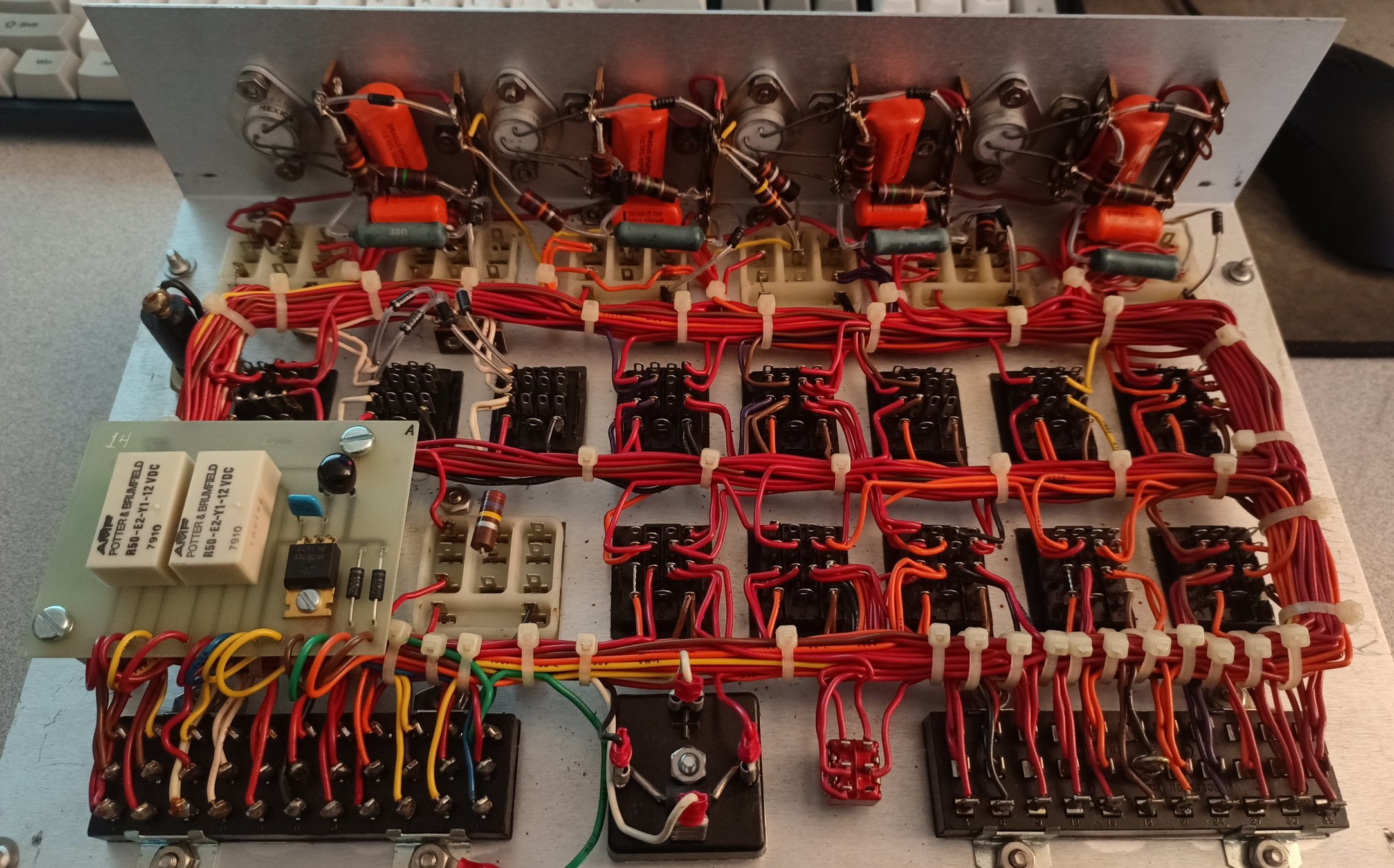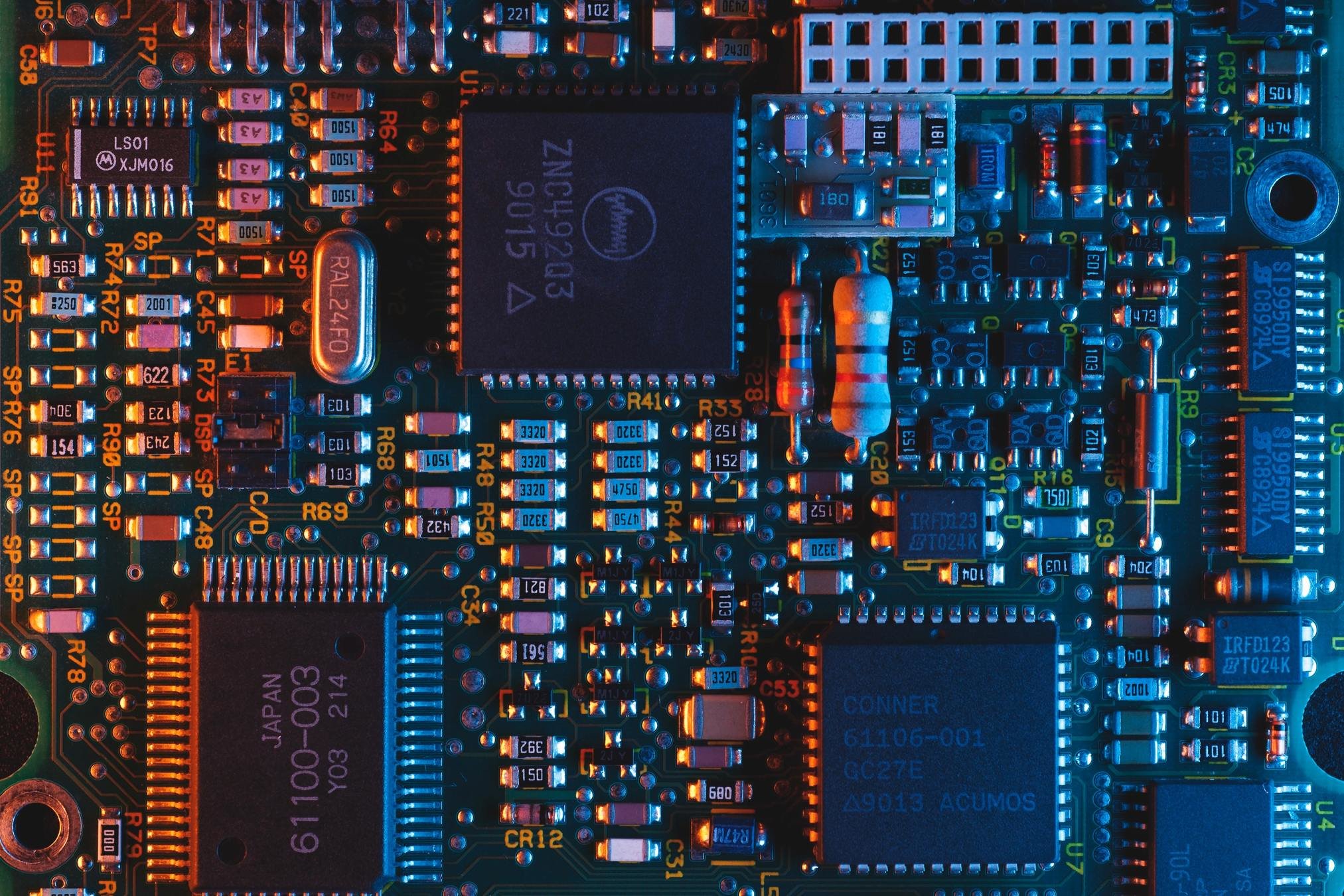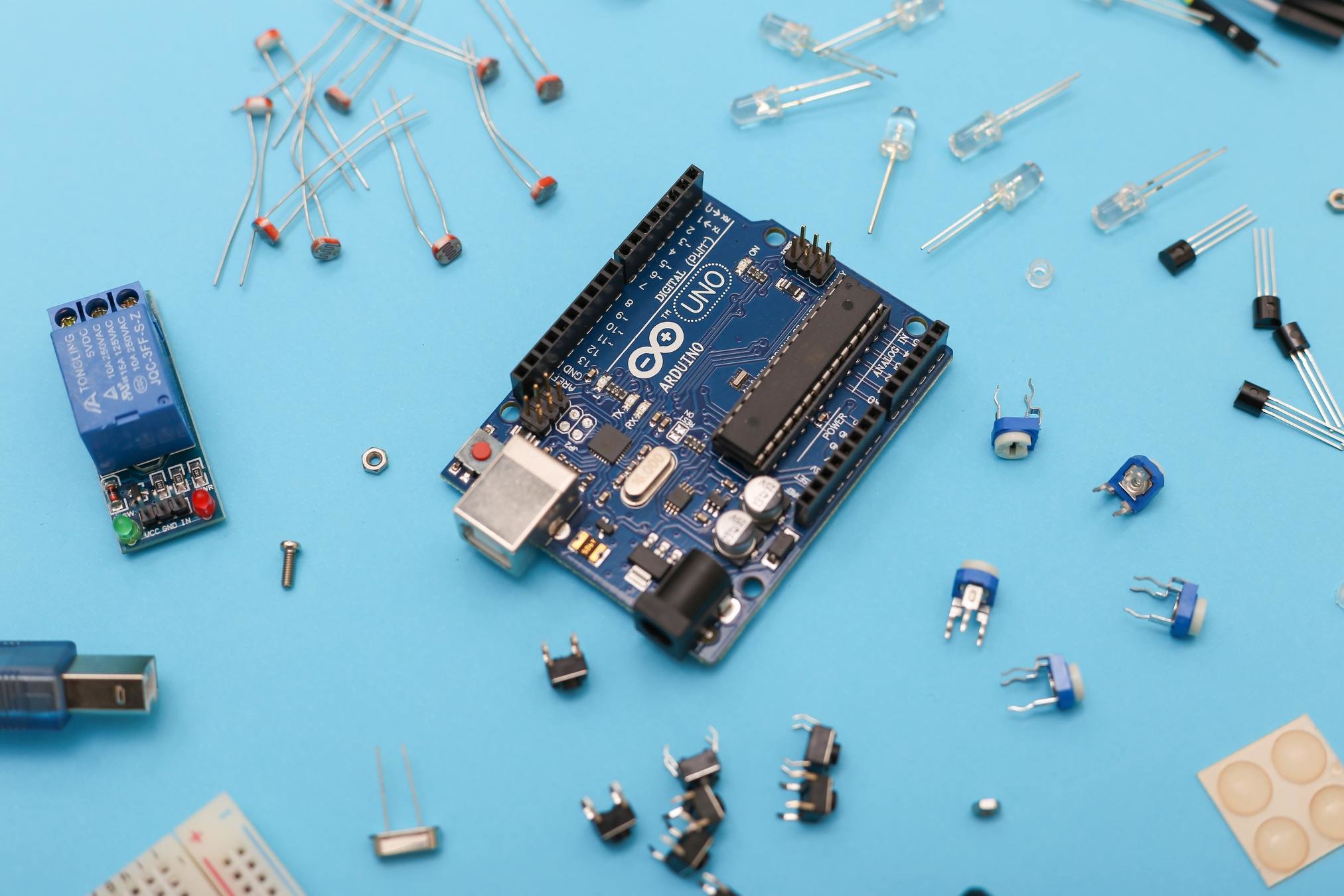Sensor
Signal
Transform function
Actuator
Action
Transform function

credit: Foone, https://twitter.com/Foone
The great things about analogic
- Modules with well known input/output relationship
- Well known composition functions
- "just plumbing signals between these"
- Easy to debug, the "real" signal can always be probed

credit: Foone, https://twitter.com/Foone
credit: Foone, https://twitter.com/Foone


Why not do everything like that ?
The problems with Analogic
- Noise
- Lot of specific components
- Complex supply chain
- Expensive ($$)
- Really slow design cycles ($$)

credit: Foone, https://twitter.com/Foone
Sensor
Signal
Transform function
Actuator
Action
What if this was a reusable component we could adapt on the fly
Digital Programmable Electronics
AKA Microcontrollers and FPGA
ADC
Signal
Programable
Microcontroller
DAC
Action
Sensor
Actuator
Digital Programmable Electronics

The advantages of Digital
- Fixed noise (only ADC and DAC)
- Infinite transformation complexity
- Fast and cheap design cycles, just recompile
- Reusable components with near infinite reuse
- We still use 30 years old design today in new products

The great things about analogic
- Modules with well known input/output relationship
- Well known composition functions
- "just plumbing signals between these"
- Easy to debug, the "real" signal can always be probed

credit: Foone, https://twitter.com/Foone
The great things about digital ...
- Modules with well known input/output relationship
- Well known composition functions
- "just plumbing signals between these"
- Easy to debug, the "real" signal can always be probed


Debug
Circuit
JTAG
Debugger UI
Memory
Me

Model of Memory
Revert model of the Debug circuit
Code
Line of Representation

Debug
Circuit
JTAG
Debugger UI
Memory
Me
Model of Memory
Revert model of the Debug circuit
Code
Change code
Compile and flash
Ceci N'Est Pas Un CPU Load
Ceci N'Est Pas Un CPU Load
By di4nao
Ceci N'Est Pas Un CPU Load
SREcon 21 talk
- 804



